Félicie Krikler writes for BD on housing-related issues at a critical moment for the sector, examining the challenges of quality, policy, and the role of architects in shaping the future of UK housing

Right now is a pivotal time in my career, as after 24 years at Assael, working predominantly in the residential sector, I have joined Barr Gazetas, a practice that is better known in the workplace sector than housing. We had collaborated on a later living project a few years ago, and I liked the complementarity of our skills, the design-driven ethos of the practice, and their first-hand experience of working with existing buildings and reimagining them. As their new head of residential, I will continue to work on housing, but with the silo-busting possibilities of a more broadly based team.
Voices for housing
For now, I am honoured to contribute to BD at a time when the housing sector faces complex challenges. The need for industry-wide dialogue is greater than ever. Architects benefit from collaboration, sharing resources, and pulling together towards common goals. Unfortunately, professional bodies, once central to leading the industry, have become too reactive, leaving a gap in leadership and advocacy. This makes platforms like BD – which provide a space for debate, critique and shared expertise – more valuable than ever in shaping the conversation around housing.
In early January, Angela Rayner was asked at the Housing, Communities and Local Government Committee about her strategy for delivering 1.5 million homes. She compared it to turning the Titanic, which was a clumsy analogy but highlighted the scale of the challenge. Tragically, housing in the UK has seen its share of disasters.
For many, housing is a matter of comfort and choice, but for others, it can mean insecurity and hardship. The All-Party Parliamentary Group (APPG) recently reported that 74 children died between 2019 and 2024 due to issues related to temporary accommodation – a stark reminder of the urgency of addressing housing quality.
Numbers
1.5 million homes are targeted for delivery over the next five years, but how many will be poorly built, box-like developments on the outskirts of towns? According to RIBA, 94% of new homes in the UK are designed and built without architects. That means that out of 1.5 million homes, only 90,000 will involve architects – just 18,000 per year.
What have we done to ourselves for the housebuilders to so completely lose confidence in what architects can bring?
One reason often cited is the use of standard house types. But I am not opposed to standardisation; in fact, it can be very effective. Look at the typical Peabody blocks designed by Henry Darbyshire.
If the major housebuilders in the private sector are to continue to proceed largely architect-less, the public sector must step in and prioritise quality
They might have been described by Pevsner as having “the uncharitable look of the charitable architecture of 1860–80,” but they are simple, five-storey structures made of London stock brick, still lived in today and often listed. Their true merit comes from the innovation they brought in terms of planning, with blocks arranged around squares and estates designed with standard architecture regardless of context or site orientation.
>> Also read: Real change or false hope: can Labour’s planning reforms deliver 1.5 million homes?
Housebuilder–architect involvement must operate on two levels: testing house types for performance, space quality and buildability, but also considering layout, densities, proximity and futureproofing. For example, the design efficiency embraced by single-family housing (the BTR of houses) in relation to operational efficiencies and costs could provide valuable lessons for for-sale housing.
Engagement
If the major housebuilders in the private sector are to continue to proceed largely architect-less, the public sector must step in and prioritise quality. Angela Rayner’s clumsy Titanic metaphor reminds us to be mindful of future challenges, and now is the time for architects to raise their voices at the government level.
I am proud to be part of AA4AH (Architects’ Action for Affordable Housing), a larger collective led by Luke Tozer, with Jay Morton, Chloë Phelps, Annalie Riches, Simon Bayliss and Alex Ely. It takes time, conviction, connections and passion to try to bring about change, especially when it is alongside running a practice. Architects’ multi-layered expertise has often been called on, though the importance of quality is frequently overlooked. In 2016, while serving on the Estate Regeneration Panel led by Sir Michael Heseltine, I often heard the phrase, “but it’s not about bricks and mortar.” (Well, it kind of is, innit?..).
Now is the time for architects to unite and advocate for better quality housing
There are also the formal appointments. Andy von Bradsky, former head of architecture for the Ministry of Housing, Communities and Local Government (MHCLG), worked across government departments to ensure design quality in housing. His successor, Sarah Allan, now oversees the design agenda for the MHCLG. Dipa Joshi, a former colleague, has recently been appointed policy lead for the New Homes Accelerator Programme, aimed at kickstarting stalled housing sites. The New Towns Taskforce has also appointed Sowmya Parthasarathy of Arup as the only architect among its eight members – just to name a few.
What about quality?
The quality of those 1.5 million homes must remain a top priority. The recent abandonment of the Office for Place raised concerns that the emphasis on quality would disappear. We should generally be concerned about the lack of commitment to quality, highlighted by the decision not to revoke or alter permitted development rights.
>> Also read: From CABE to the Office for Place: why trusted advice matters
The absence of a new version of CABE (Commission for Architecture and the Built Environment) is concerning, as we need clear criteria to define what good housing looks like, especially in greenfield development. It was encouraging to hear Jules Pipe recently outline the need for clear definitions of quality in greenbelt developments in the next new London Plan, so these are even more sustainable, connected and landscape-led than anywhere else. However, the final publication isn’t expected until 2027, leaving a gap in guidance for developers and planners in the meantime.
What could we do?
In the absence of CABE, regional design review panels that are not architect-led seem to offer a promising solution. Panels such as the Greater Cambridge Design Review Panel provide a mix of professionals with a deep understanding of the local area. These panels operate in the public interest and help developers, planning officers and committees navigate the planning process while ensuring high-quality design.
>> Also read: How Cambridge embraced growth, overcame nimbyism, and built better housing
We need to collaborate, get involved and be active at both the local and government levels. The YIMBY (Yes In My Backyard) movement is one example of how collective action can make a difference.
Now is the time for architects to unite and advocate for better quality housing. We need to be involved in the conversation and help shape the future of the built environment. Quality design can make a significant difference in people’s lives, and it is up to us to ensure that’s not lost in the numbers.
>> Also read: Meeting housing targets is not enough – 2025 must deliver better homes for those who need them most
>> Also read: Why cutting waste is key to building more homes in 2025
Postscript
Félicie Krikler is a director and head of residential at Barr Gazetas.


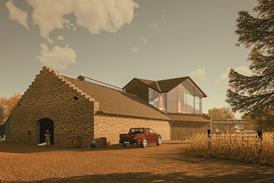
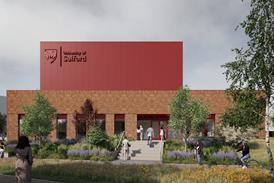
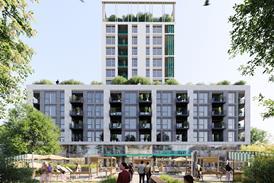
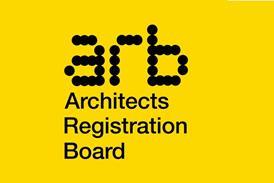


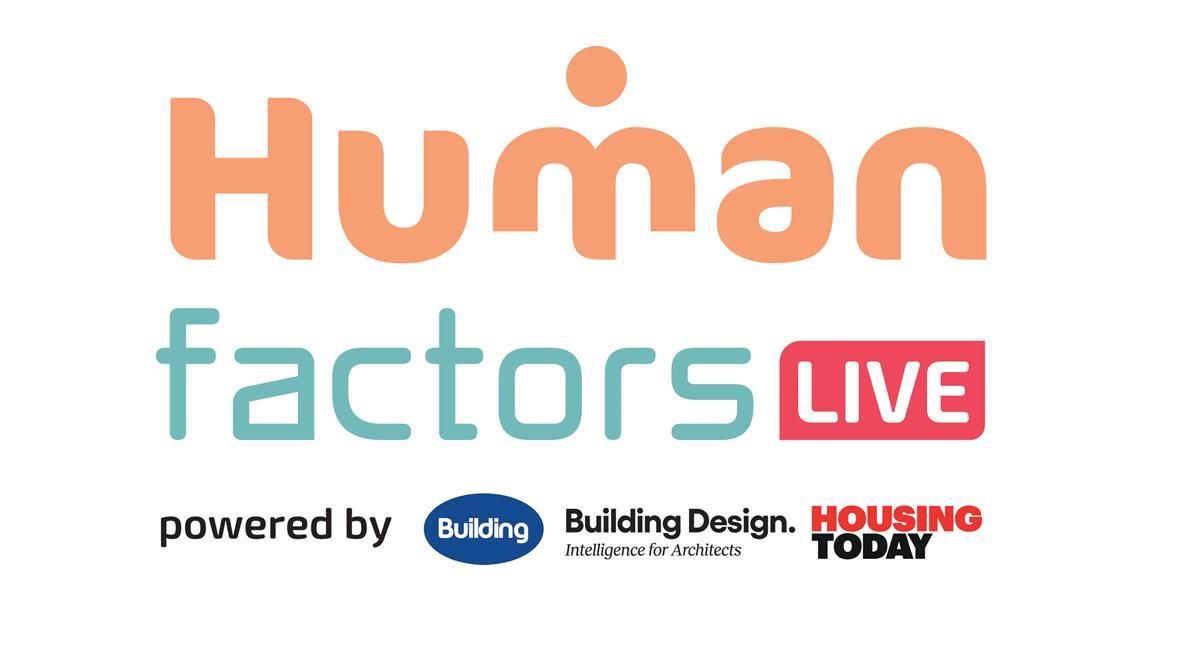







4 Readers' comments